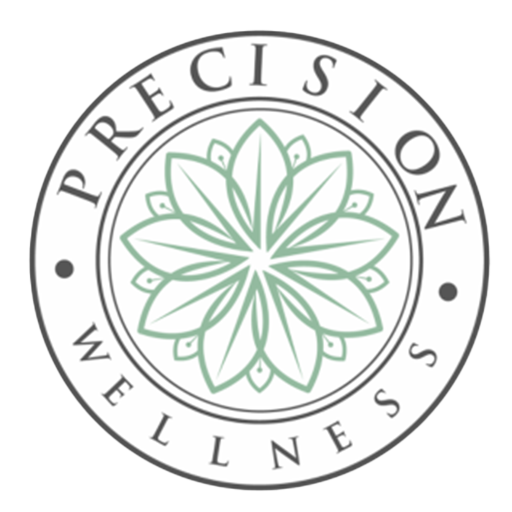Am I supposed to tip?
If you get a massage at a spa or hotel, a 15% to 20% tip is standard if you were pleased with the services. On the other hand, there are no real ground rules or norms when it comes to massage in a medical setting. If you’re not sure, don’t be afraid to ask if tipping is customary. You can call ahead to ask if you don’t want to do it face to face. If tipping isn’t the norm, you can always show your appreciation by referring friends, family, and co-workers to the massage therapist.
Am I supposed to take off my underwear?
Many people prefer to keep their panties or briefs on during a massage, while others prefer to be completely nude. It’s up to you. If your problem areas are your lower back, hips, buttocks, or groin, tight-fitting underwear can sometimes get in the way of massage work, but a thong for women or briefs for men should do the trick. In North America, if you do remove your underwear, licensed massage therapists must ensure that you are always properly covered by a sheet or towel. Only the area being massaged will be uncovered.
What if I realize I’ve drooled?
Many people fall into a peaceful slumber during the massage but when they wake up, they notice a pool of drool on the pillow or massage table. This is very common. It often happens when people are being massaged while lying face down on the massage table. Don’t be afraid to ask the massage therapist for a tissue.
Will the massage therapist be there when I undress?
In North America, the massage therapist will leave the room so that you can remove your clothing and lie on the massage table (usually face down) under the top sheet.
Don’t rush or worry that the massage therapist will walk in on you — the massage therapist knocks and asks if you are ready before entering the massage room.
Should I talk during the massage?
Although some people prefer to talk throughout the massage, don’t feel like you have to make conversation with the massage therapist. After all, you’re having a treatment, you’re not at a cocktail party! Feel free to close your eyes and relax, which is what most people do.
Deep tissue massage and sports massage are just some of the types of massage that require more feedback. The massage therapist often works on deeper layers of muscle and will want to ensure that the pressure is not uncomfortable.
Be sure to speak up if:
- The room is too hot or too cold
- You experience pain
- You have any questions related to the massage
- There’s anything you forgot to mention during the consultation
What if I get an erection?
Some men avoid massage therapy because they worry that they’ll get an erection. Or they get the massage but are unable to relax during the massage because of this fear. But there is no reason to be embarrassed. It’s perfectly normal for men to get an erection during a non-sexual, therapeutic massage. Gentle touch administered to any area of the body can activate the parasympathetic nervous system and cause a partial or full erection. Your massage therapist (male or female) understands this and will generally ignore it. If you are still worried, you may wish to wear a men’s bikini bathing suit during the massage, which provides more support than boxers.
How do I know if it’s a legitimate clinic?
Although you might think massage parlors that offer sensual or erotic massage may look obviously seedy, it can sometimes be difficult to spot these places. If you’re trying a new clinic or spa, it’s a good idea to call first and ask these questions:
- Do you offer therapeutic massage?
- Is the massage therapist certified or licensed?
- Do you require a health questionnaire of your clients?
The pressure isn’t deep enough, but I don’t want to insult the therapist’s technique. What should I do?
Communicate openly with the massage therapist. Keep in mind however that it’s a myth that massage therapy has to hurt to be effective. Some of the most effective types of massage therapy are gentle and do not involve deep pressure or pain. In fact, too much pressure can cause muscles to seize up. Here is a good rule of thumb — on a scale of one to ten where one is no pain and ten is extremely painful, the pressure should always be less than seven.
I’m self-conscious about a certain part of my body and don’t want the therapist to see me. What can I do?
People are self-conscious for various reasons. Some of the more common concerns are:
- I’m overweight.
- I have excessive hair growth on my body.
- I’ve got acne on my face or back.
- My feet are ugly.
- I have scars.
Being self-conscious should never keep you from seeking health care, whether it’s visiting your doctor or seeing a massage therapist.
I’d rather see a female therapist. Should I request this?
Some men don’t feel comfortable having a massage by a male massage therapist. It may be due to outdated social and media stereotypes of the profession or the fear of getting an erection during the massage.
Some women also prefer a female massage therapist because they say they feel more comfortable.
This doesn’t just apply to massage therapy. A University of Michigan study found that 43 percent of women preferred a female doctor for a colonoscopy. Of these women, 87 percent said they would be willing to wait more than 30 days to get an appointment with a female colonoscopist, and 14 percent would be willing to pay more for one.
That’s why I believe it’s important to challenge your preconceptions. Here are some tips to help you:
- If you see other practitioners in the clinic or spa, ask if you could meet the massage therapist before you book the appointment.
- Try booking a massage at a health club or a clinic, where there’s usually a higher percentage of male clientele and staff.
- You may wish to start with an active form of massage, such as deep massage or sports massage, or a type of massage that is done fully clothed, such as shiatsu or Thai massage.


